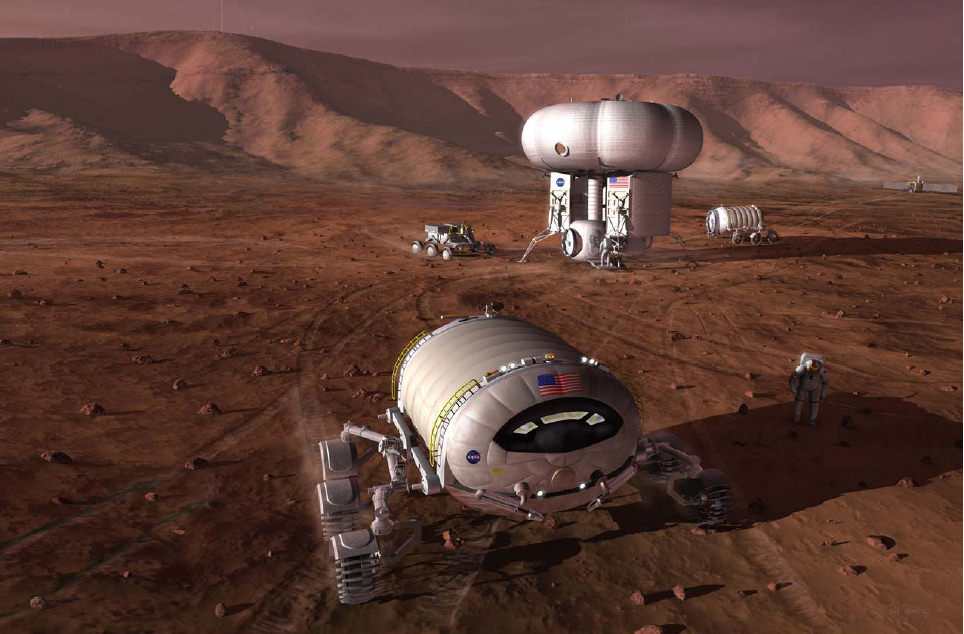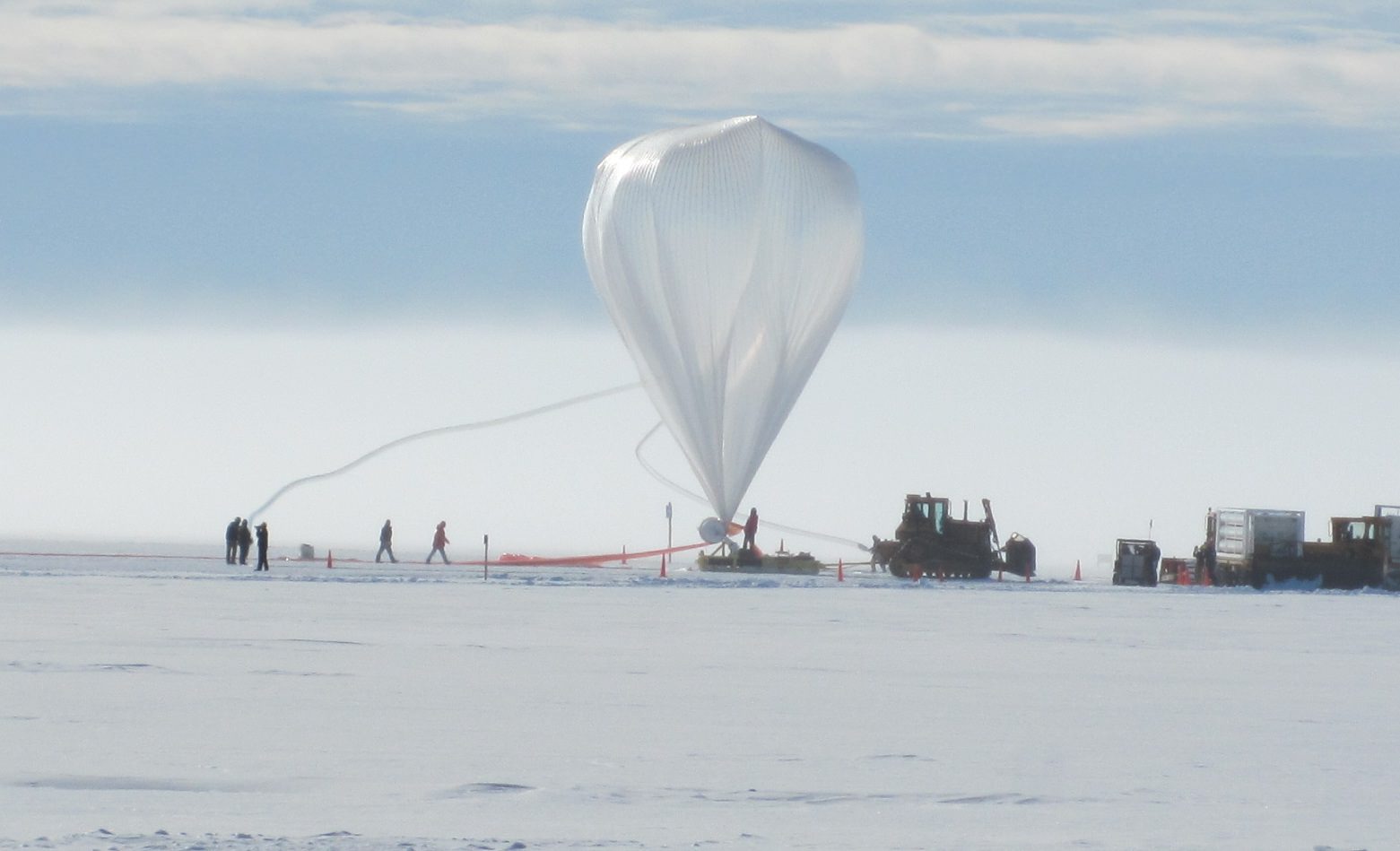SpaceX’s Starlink service is now available in Antarctica, according to a tweet from the National Science Foundation on the morning of September 14, stating, “NSF-supported USAP scientists in #Antarctica are over the moon! Starlink is testing polar service with a newly deployed user terminal at McMurdo Station. Increasing bandwidth and connectivity for service support.” SpaceX replied with a quote tweet saying, “Starlink is now available on all seven continents! In such a remote location like Antarctica, this capability is enabled by Starlink’s space laser network.”
Continue reading “Scientists in Antarctica Have Access to Starlink Now. It’s Available on 7 Continents”Mars Colony Will Have To Wait, Says NASA Scientists
Establishing a human settlement on Mars has been the fevered dream of space agencies for some time. Long before NASA announced its “Journey to Mars” – a plan that outlined the steps that need to be taken to mount a manned mission by the 2030s – the agency’s was planning how a crewed mission could lead to the establishing of stations on the planet’s surface. And it seems that in the coming decades, this could finally become a reality.
But when it comes to establishing a permanent colony – another point of interest when it comes to Mars missions – the coming decades might be a bit too soon. Such was the message during a recent colloquium hosted by NASA’s Future In-Space Operations (FISO) working group. Titled “Selecting a Landing Site for Humans on Mars”, this presentation set out the goals for NASA’s manned mission in the coming decades.
Continue reading “Mars Colony Will Have To Wait, Says NASA Scientists”
Super Good at Collecting Data, Massive Science Balloon Breaks Records
Super-TIGER prepares for launch from Antarctica.
NASA’s Super-TIGER science balloon landed Friday at a frigid and remote base in Antarctica after setting two duration records while gathering data about cosmic rays. There’s so much data that it will take scientists about two years to analyze, according to NASA.
Launched December 8, 2012 from the Long Duration Balloon site near McMurdo Station in Antarctica, the Super Trans-Iron Galactic Element Recorder balloon spent 55 days, 1 hour and 34 minutes aloft, shattering records previously set in 2009 by another NASA balloon for longest flight by a balloon of its size. The 39-million cubic foot balloon, spent most of its time cruising four times higher than commercial airlines at about 127,000 feet (almost 39 kilometers). The instrument is managed by Washington University in St. Louis, Missouri.
“Scientific balloons give scientists the ability to gather critical science data for a long duration at a very low relative cost,” said Vernon Jones, NASA’s Balloon Program scientist, in the press release. “Super-TIGER is scientific ballooning at its best.”
Super-TIGER measured rare heavy elements, such as iron, as they bombarded Earth from the Milky Way. The instrument detected about 50 million of these high-energy cosmic rays. Scientists hope the data from the mission will help understand where the energetic nuclei are produced and how they achieve such high energies.
NASA had three long-duration balloon missions in the summer skies of Antarctica. SuperTIGER was joined by BLAST and EBEX. All three balloons launched from the site near McMurdo Station in December. BLAST, or Balloon Borne Large Aperture Submillimeter Telescope launched Christmas Day and measured the polarized dust in star-forming regions helping astronomers determine if magnetic fields are a dominant force over turbulence in star-forming regions of the galaxy. BLAST’s mission lasted just over 16 days.
EBEX, the heaviest scientific payload borne aloft by a NASA balloon, measures cosmic microwave background radiation. The mission lasted 25 days and reached altitudes of 118,000 feet (or 36 kilometers).
Antarctica, it turns out, is ideal for these types of long-duration balloon missions with sparse populations and anticyclonic (east to west, counter-clockwise in the southern hemisphere) wind patterns in the stratosphere.
Source: NASA



